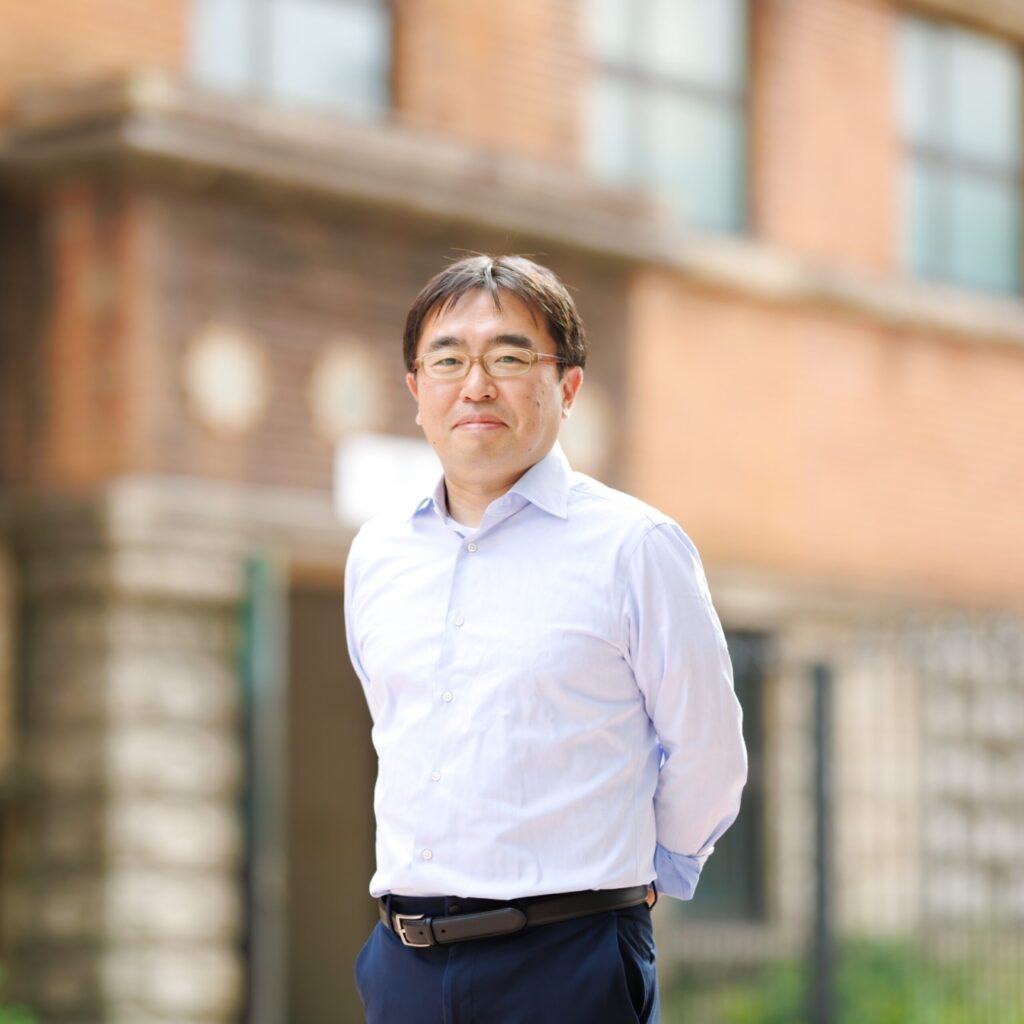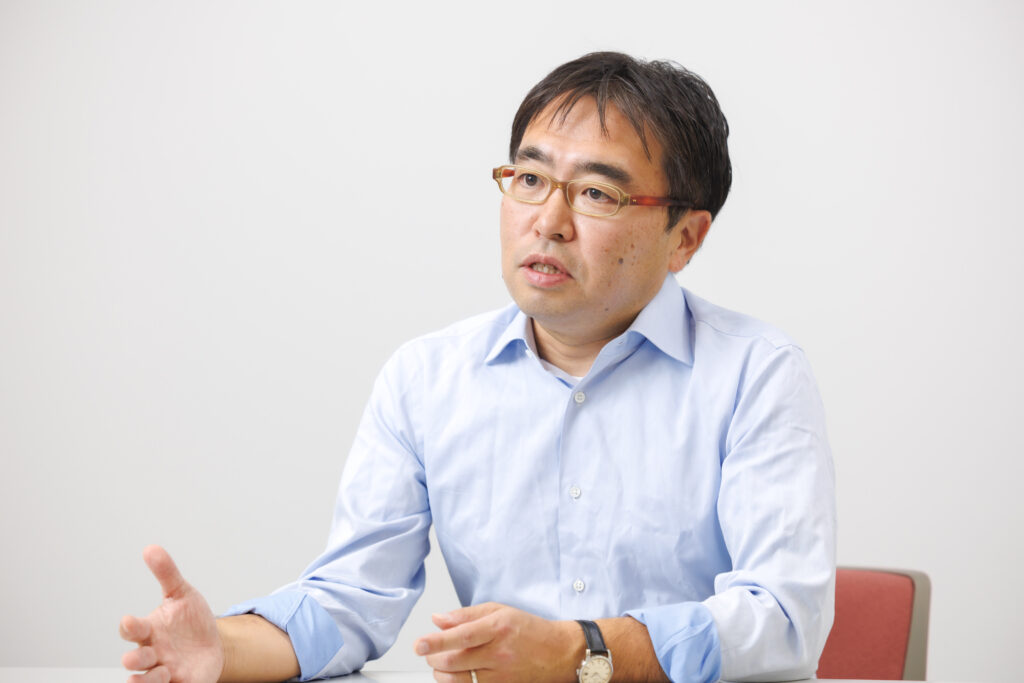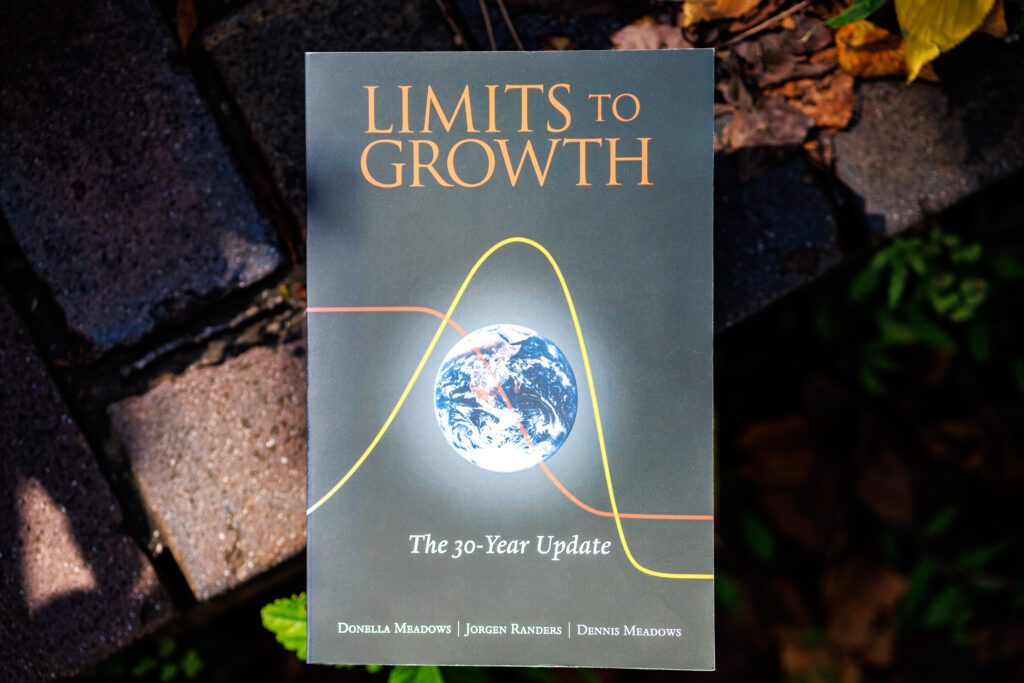
Global warming and abnormal weather patterns such as torrential rain and drought are just some of the issues posed by climate change. Professor Masachika Suzuki of the Graduate School of Global Environmental Studies, who researches solutions to these issues, discusses sustainable decarbonization efforts and how they can benefit society.
I specialize in issues related to climate change. Reducing greenhouse gases, which contribute to global warming and abnormal weather, is an urgent global issue. Japan has pledged to reduce greenhouse gas emissions by 46% by 2030, and to this end, many companies are working towards decarbonization and the widespread adoption of renewable energy. My field of research focuses on how to incorporate the technological development that drives these efforts into new business models.
Technologies intended to solve environmental issues can also lead to environmental destruction

I pay particular attention to the relationship between decarbonization and SDGs. The SDGs were adopted at the 2015 UN summit as a set of international goals to fulfill by 2030 in order to create a sustainable, better world. At face value, shifting to renewable energy for the sake of decarbonization is the right thing to do; but the issue is not that simple.
For example, solar power and wind power are two forms of renewable energy, but installing solar panels or wind farms entails mass deforestation. Loss of forests leads to soil erosion, which in turn heightens the risk of landslides. It also negatively affects biodiversity. Therefore, while these efforts may help reduce carbon, they negatively impact other SDGs.
So, what kind of renewable energy positively contributes to SDGs? One example is small-scale regional power generation. In Japan, the economic disparity between urban and rural areas is becoming increasingly pronounced. Rural areas in dire financial straits even struggle purchasing electricity from major power companies. However, some regions have created their own self-sufficient model for local production and consumption using small hydropower plants along local rivers. In addition to decarbonization, this approach contributes to local financial solvency and helps ensure power in the event of a disaster.
I am examining these kinds of initiatives, visiting places like Amami Oshima Island and Sado Island, as well as Pacific island nations outside Japan, to investigate renewable energy that is suitable for these areas.
An era when decarbonization and SDGs become the business strategy
I am also examining how corporations respond to climate change. Even in terms of distribution, a field I am involved in, companies are looking to reduce their carbon footprint by using electric vehicles and drones to deliver goods and by powering aircraft with biofuel derived from Euglena, a type of eukaryote, in place of crude oil.
It has only been in the last few years that companies have seriously started working towards decarbonization. In addition to major corporations, small companies are implementing their own unique ideas for decarbonization. It appears decarbonization is becoming a core business strategy, not a simple corporate branding strategy. We also cannot ignore the fact that when overseas institutional investors buy Japanese stocks, one factor upon which they base their decisions is whether a given company is seriously working on environmental or social issues.
Decarbonization and SDGs have progressed on separate paths. However, there is the risk that pushing ahead with decarbonization could exacerbate the social divisions that exist between the haves and have-nots and advanced nations and developing nations. Not much research has been conducted on the relationship between decarbonization and SDGs; and so I hope my research can help contribute to the realization of a sustainable, non-coercive carbon-free society.
The book I recommend
“Limits to Growth”
by Donella Meadows et al, Chelsea Green Pub Co.

This was the first book to describe in detail how population growth and environmental destruction are hindering humanity’s development. It was first published in 1972. I find it amazing how it sounded the alarm bells regarding environmental destruction on a global scale. It was published by Diamond, Inc. in Japanese as “Seicho no Genkai.”
-
Masachika Suzuki
- Professor
Master’s (Doctoral) Program in Global Environmental Studies
Graduate School of Global Environmental Studies
- Professor
-
Professor Masachika Suzuki obtained his M.A. from Keio University and Columbia University and his Ph.D. from Erasmus University Rotterdam. He assumed his current post following positions as a consultant for the United Nations Framework Convention on Climate Change (UNFCCC) and United Nations Department of Economic and Social Affairs (UNDESA); Associate Dean of the Graduate School of International Management, International University of Japan; and as Associate Professor at the Faculty of Business and Commerce at Kansai University.
- Master’s (Doctoral) Program in Global Environmental Studies
Interviewed: September 2022